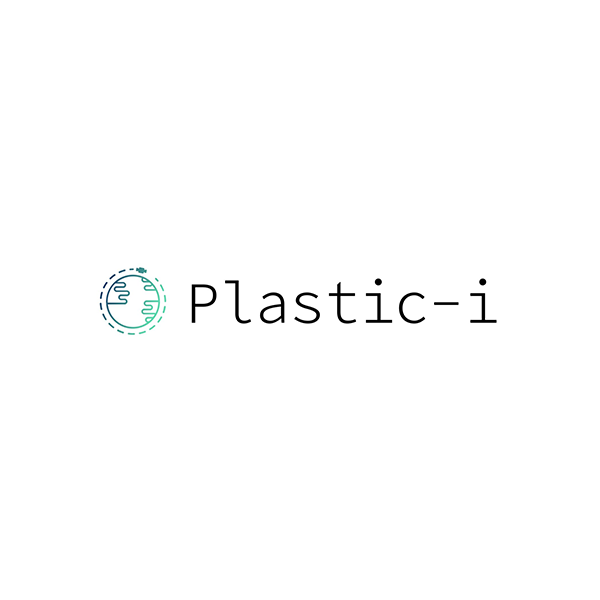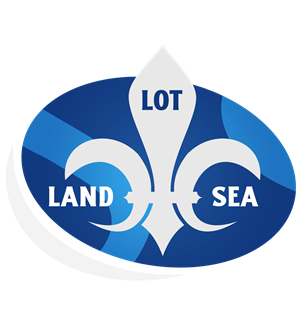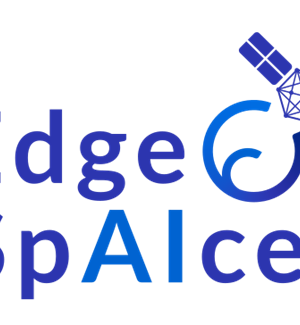Marine plastic pollution presents one of humankind's most significant environmental challenges. Approximately 14 million tonnes of plastic waste flow into the ocean each year. This volume could triple by 2040\. More than800 marine and coastal species are known to be affected by this pollution through ingestion, entanglement, and other dangers. Macroplastics degrade into microplastics and enter the food chain. Recent scientific studies have found microplastics in the blood of almost 80% of healthy participants, deep in the lung tissue of 85% of patients undergoing lung surgery, and even in breast milk. In addition, by 2050, greenhouse gas emissions associated with plastic production, use, and disposal are predicted to account for 15 percent of emissions allowed under the Paris Agreement on Climate Change. Plastic pollution is inextricably linked to the climate crisis. These threats to the environment and human & aquatic health are grave and will require enormous resources to tackle. Plastic-i, an Oxford-based start-up founded in 2021, aims to tackle these problems using technology. The team possesses world-leading expertise in the marine environment, remote sensing, machine learning, and data analysis. By utilising satellite technology and machine learning, Plastic-i will dramatically reduce the costs of monitoring large areas of the ocean. This will allow human resources to be focused on areas where the largest impact can be achieved. Plastic-i is committed to facilitating the identification and removal of marine plastic and is building a global plastic map. Satellite data and machine learning are used to automatically identify marine plastic around the world. This involves accessing and processing large volumes of satellite data. AI algorithms are deployed to detect, map, and classify floating debris. Results are visualised on an interactive web dashboard or incorporated into bespoke reports. These methods allow decision makers and clean-up operators to target specific areas and measure the efficacy of interventions. Information extracted from: https://gtr.ukri.org/projects?ref=10054137
Want to analyze based on this project via our analysis tool? Analyze this project
Knowledge Gaps
Environmental exposure
Monitoring and detection equipment
Monitoring exposure methods



